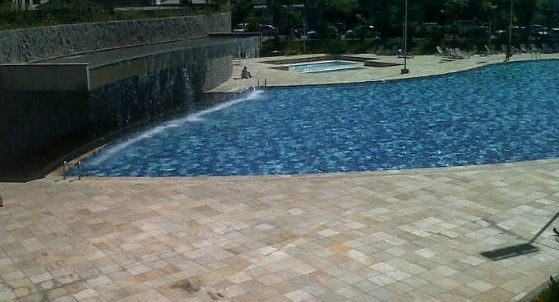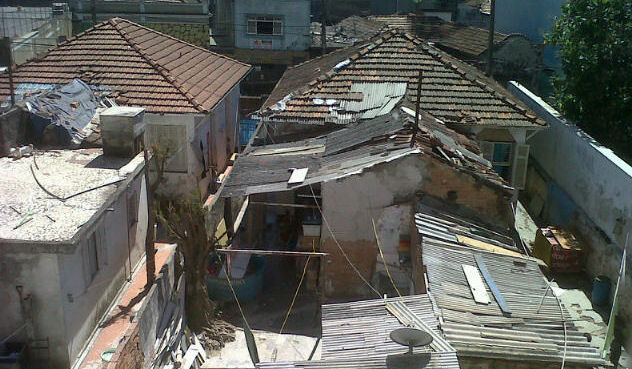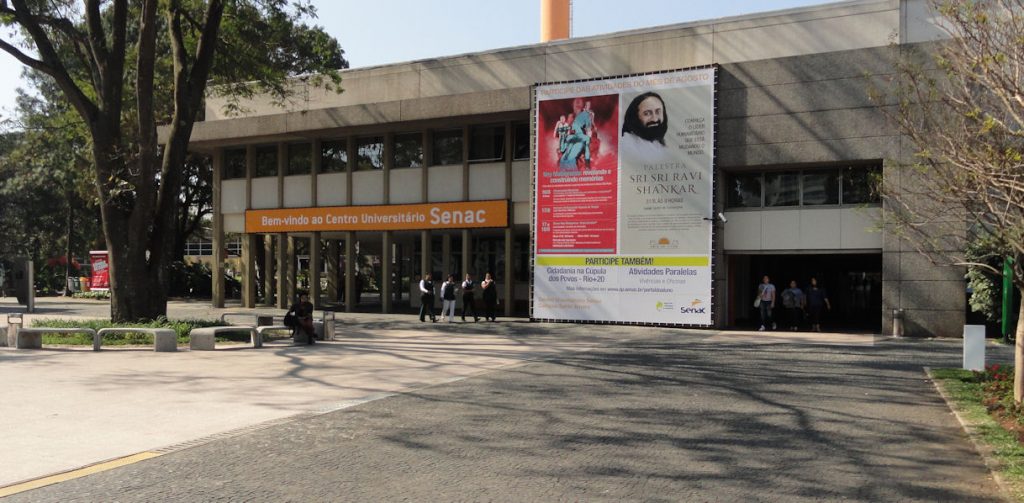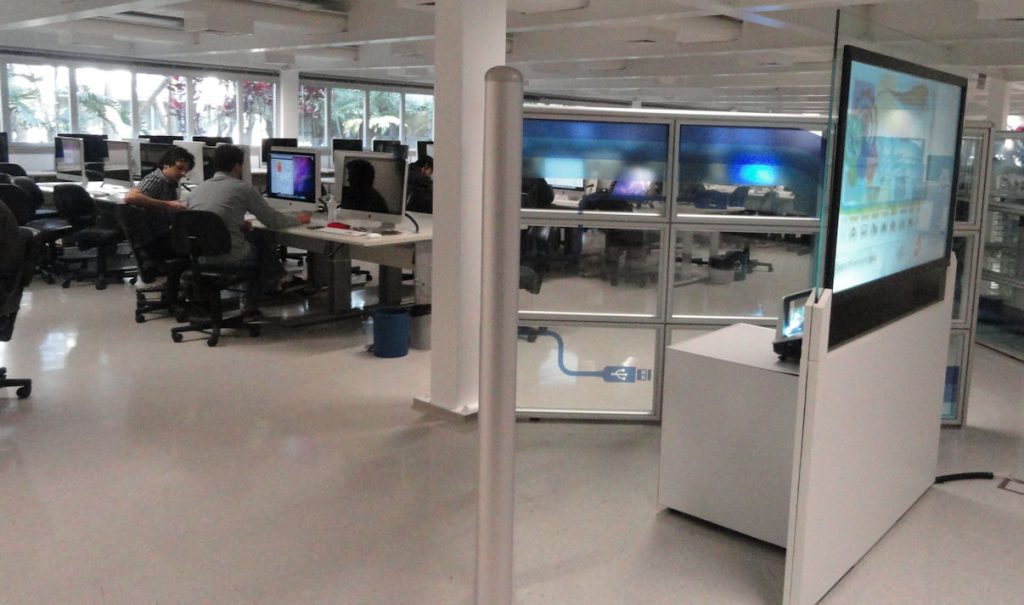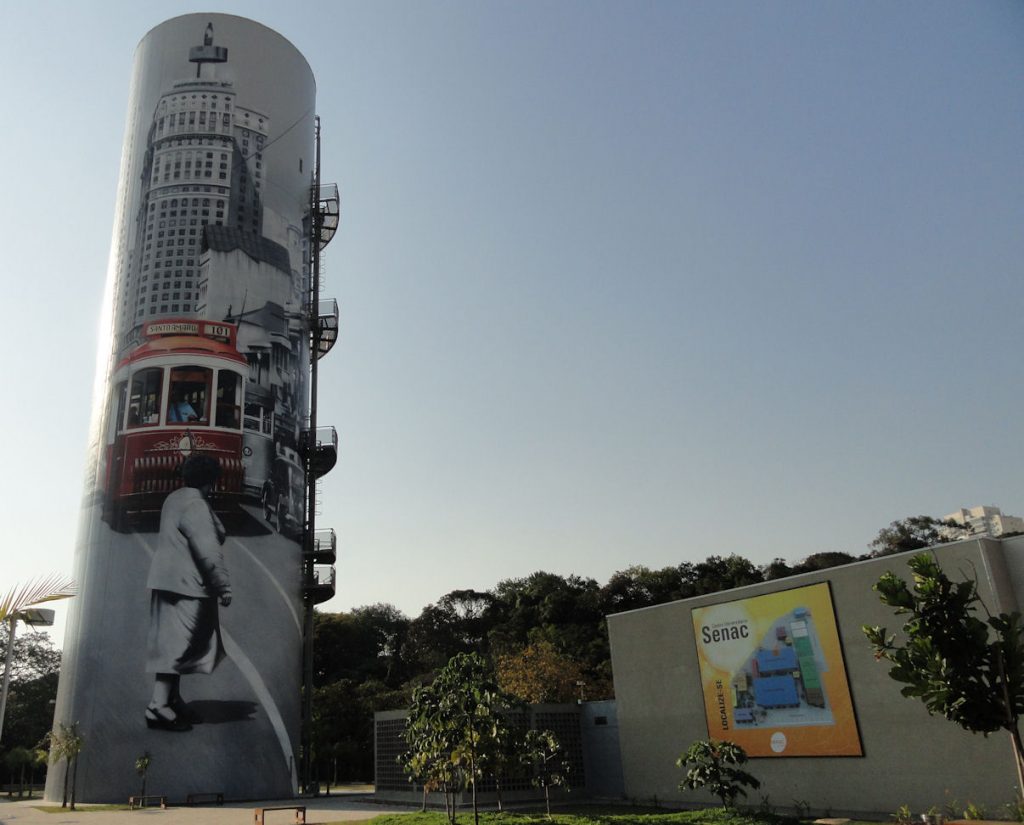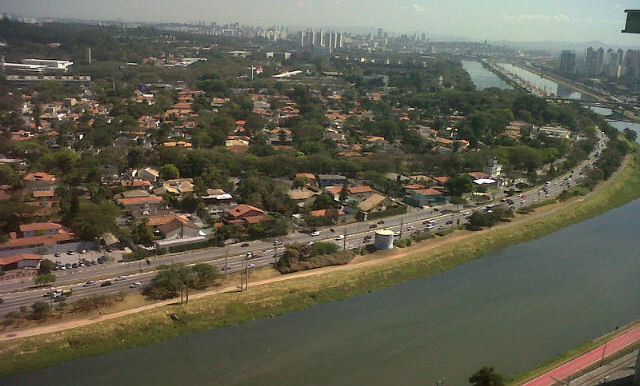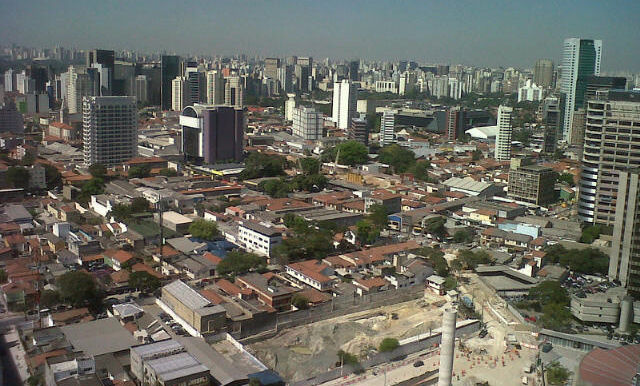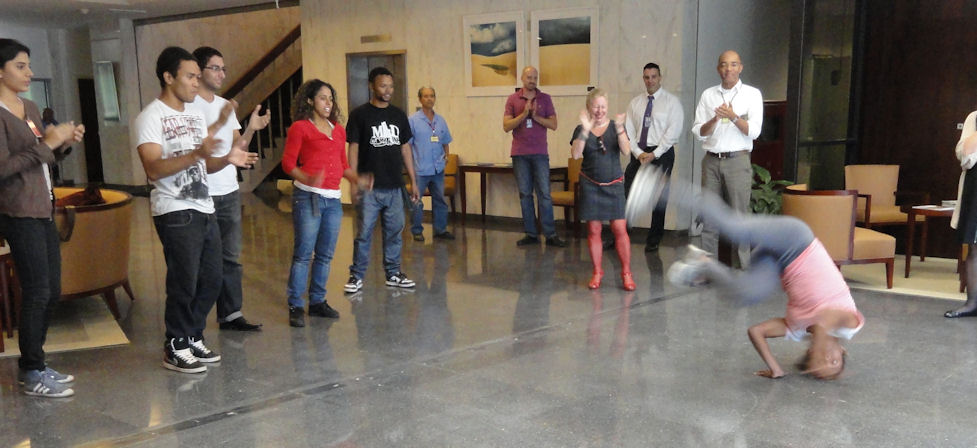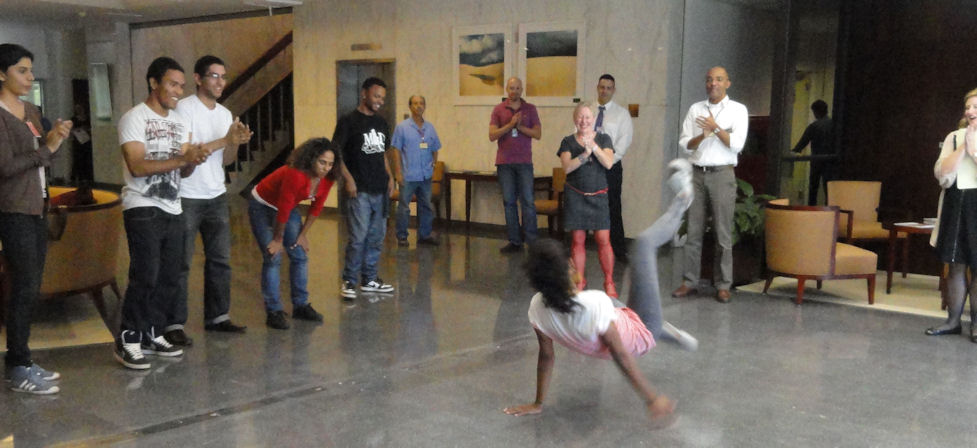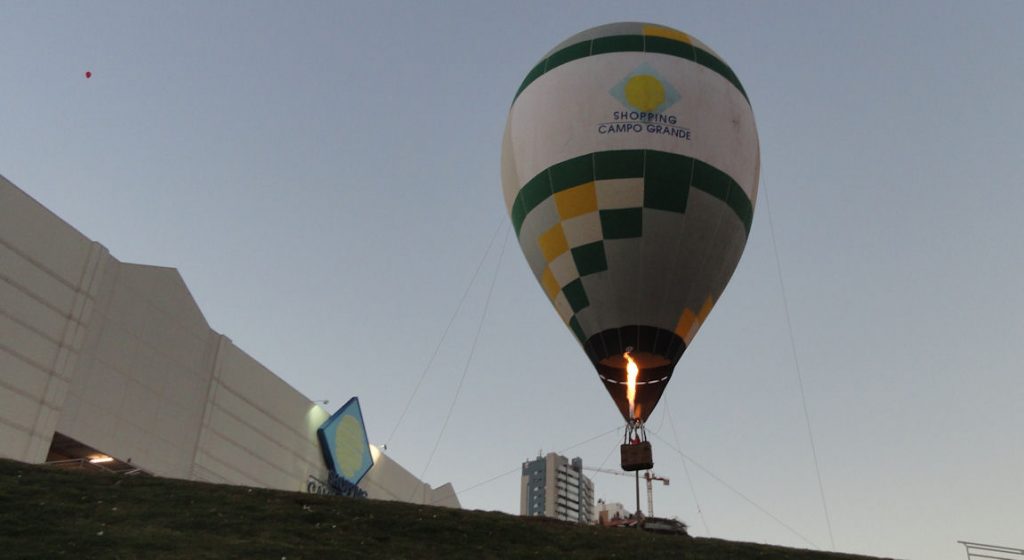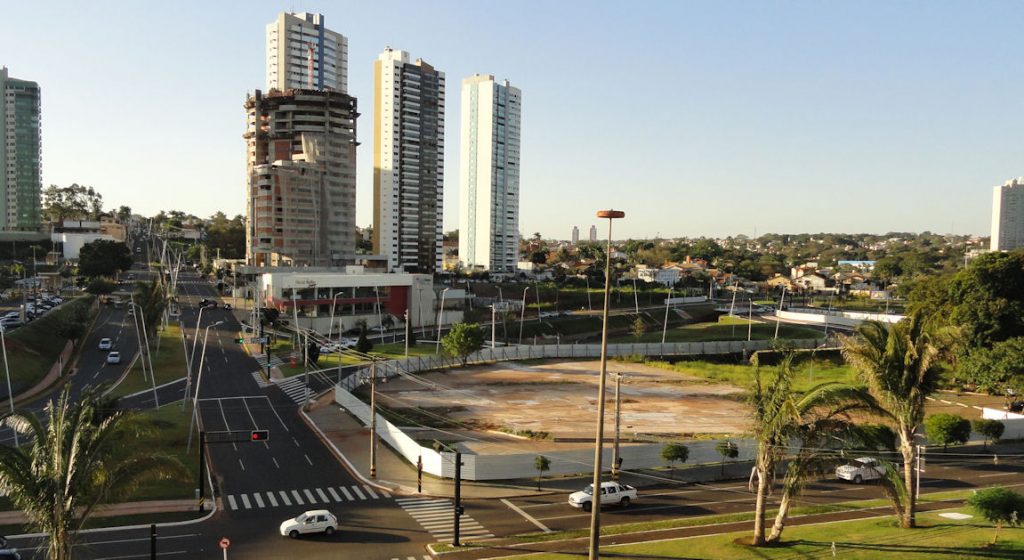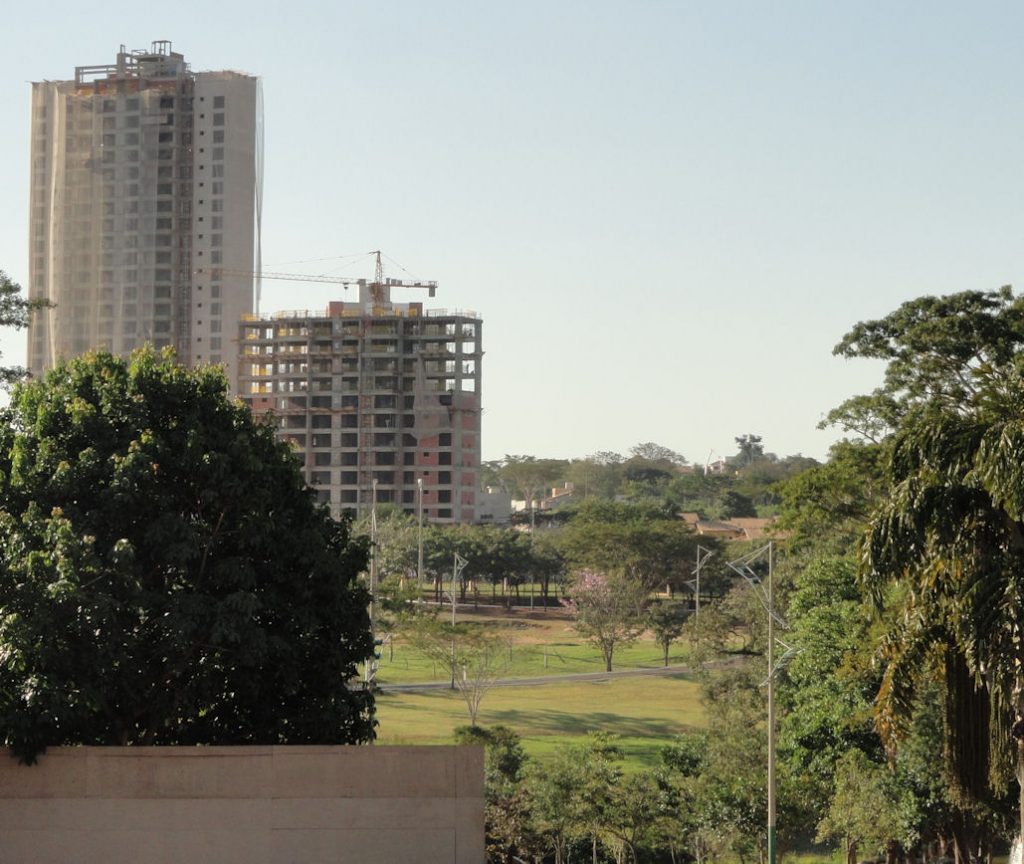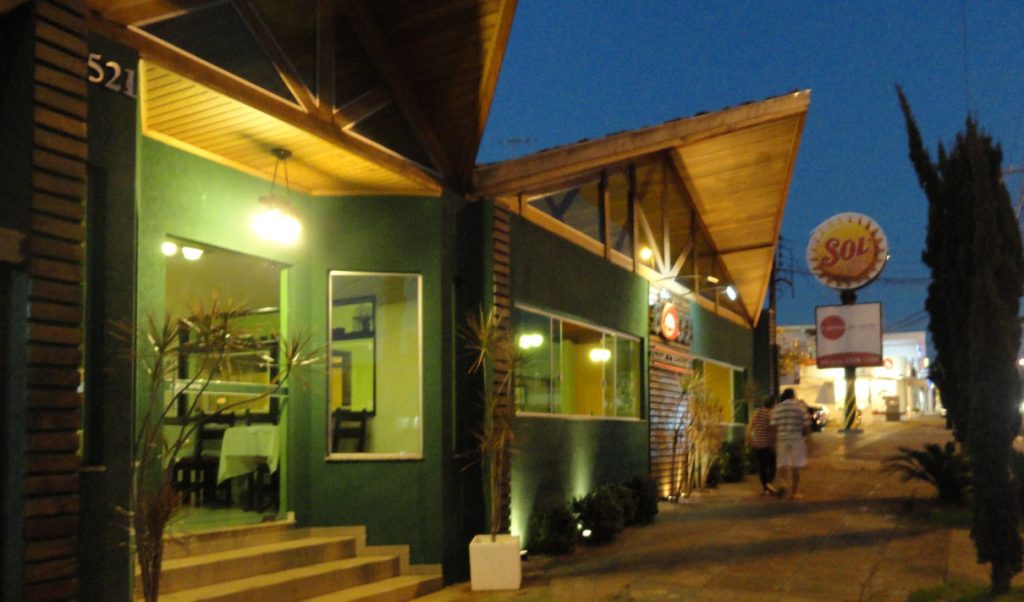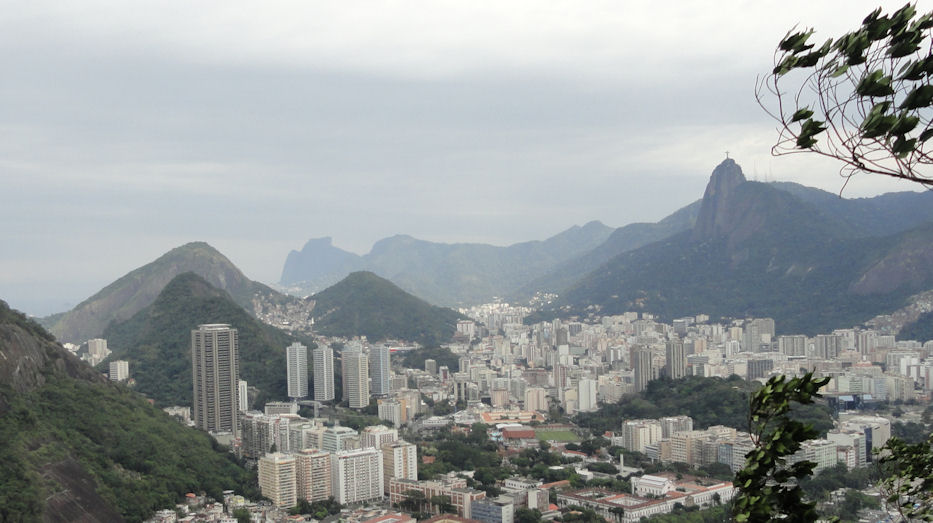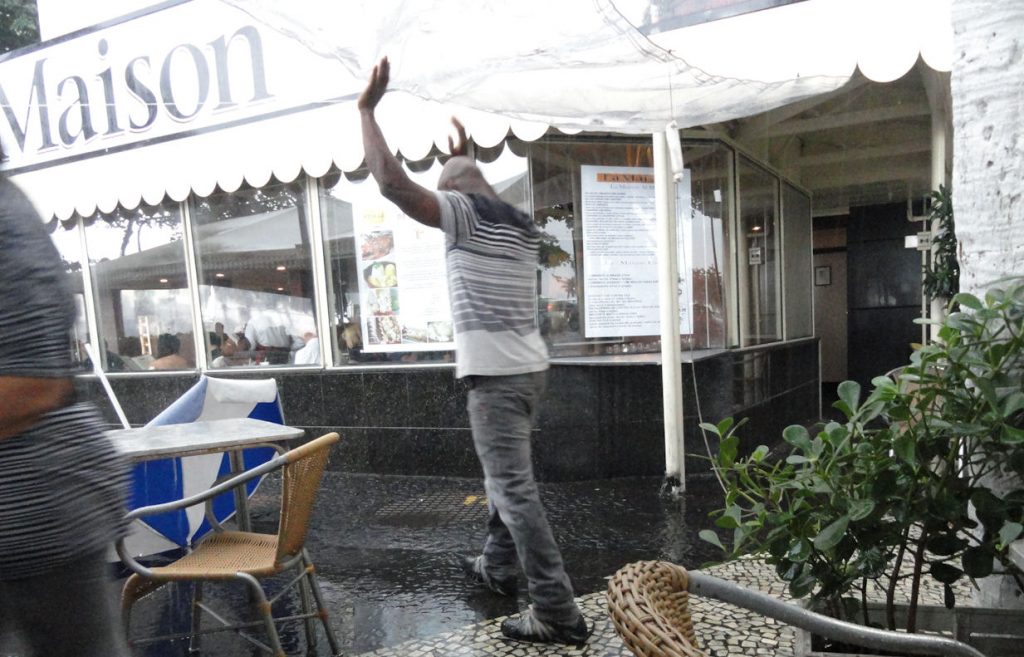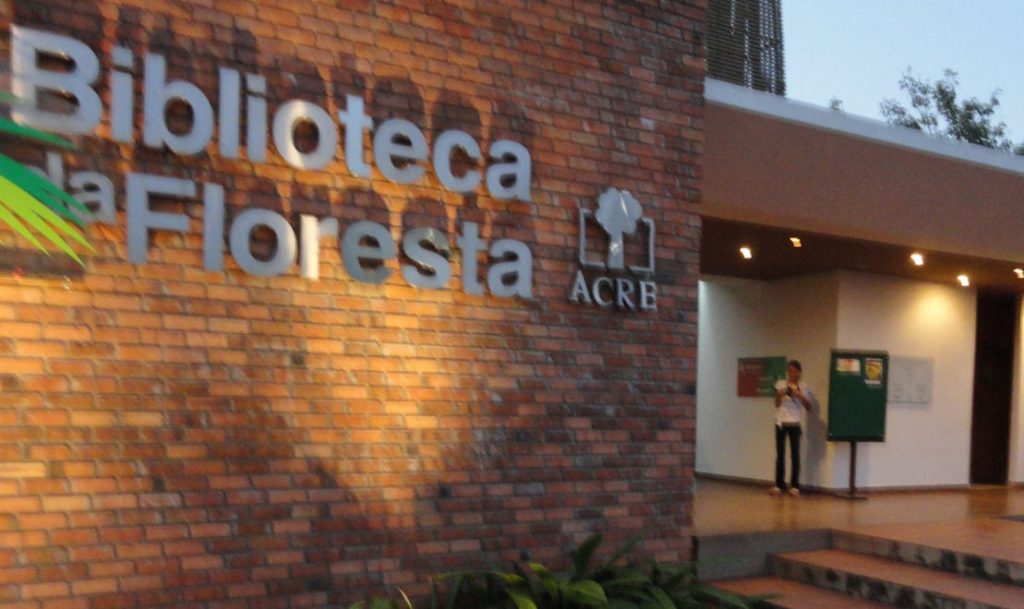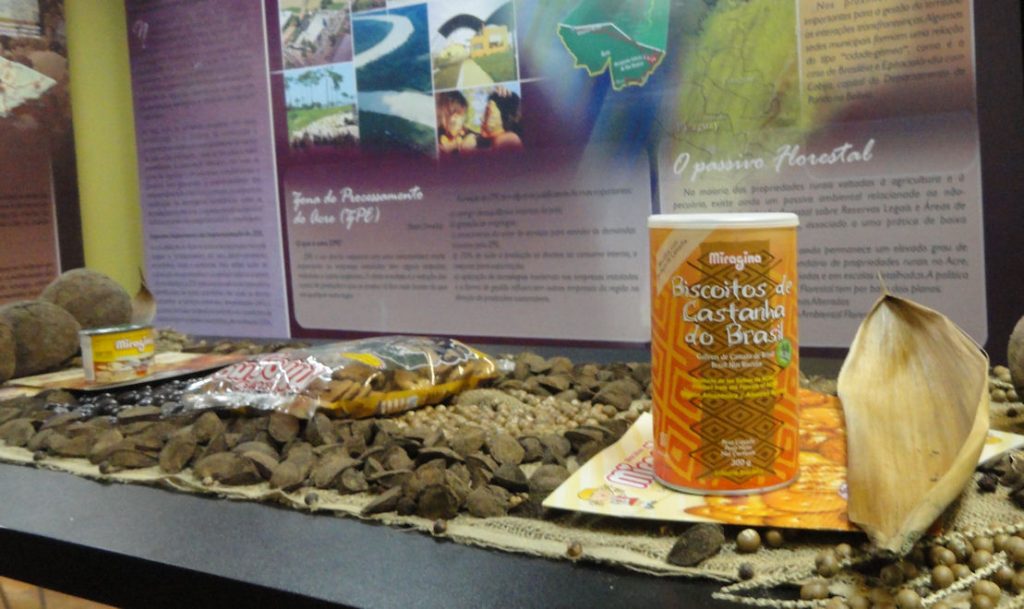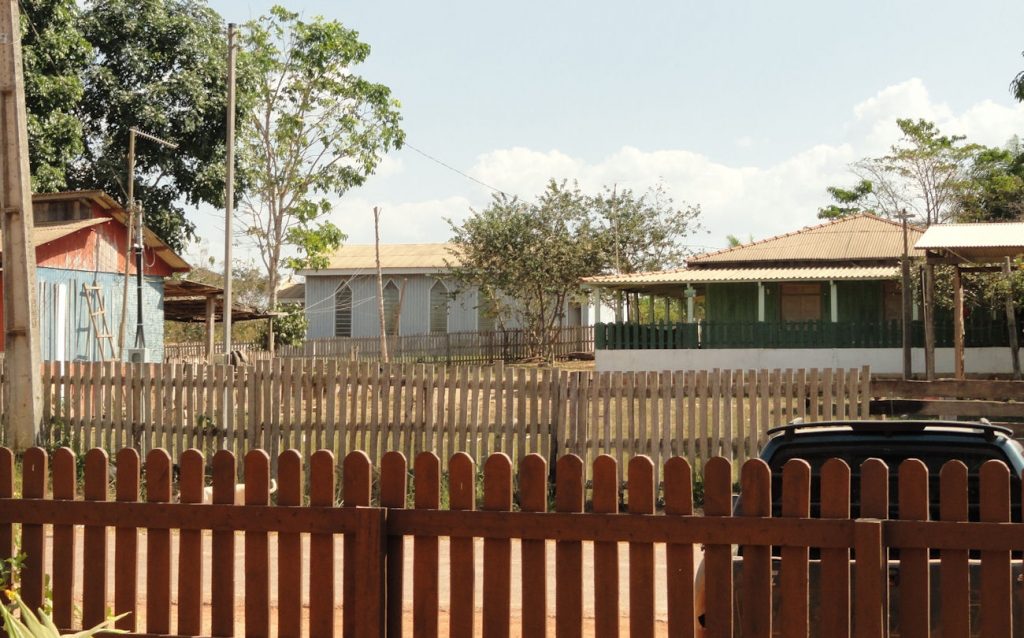Mostly as a result of the inexpensive American natural gas, U.S. CO2 emissions dropped to 1992 levels. We are also driving less. We reached “peak gasoline”in 2006 and from now on will use less. See the chart below. I wrote about this here, here & here, among other places.
The interesting thing is that the U.S. is now the world leader in reducing emissions w/o those muscular measures called for in Kyoto. We are doing better than everybody else because of market forces. They really do work also in environmentalism.
This is not really new news, but here probably is the first place you are reading about this. Back when the U.S. was the “word’s bigger polluter” we had updates every day.
There was an interesting paragraph in the report of the drop. Bold italic are mine. “Many of the world’s leading climate scientists didn’t see the drop coming, in large part because it happened as a result of market forces rather than direct government action against carbon dioxide, a greenhouse gas that traps heat in the atmosphere.”
Those international experts who claimed that the U.S. “had no plan” just don’t understand how planning works. We have the most superb, sublime and subtle planning mechanism in the world – the free market – and we have the we have the worlds most intelligent, involved and imaginative planners too – the American people. That is why we always beat the centralized planners in practice, if not in theory.
One more thing from the AP article – “How much further the shift from coal to natural gas can go is unclear. Bentek says that power companies plan to retire 175 coal-fired plants over the next five years. That could bring coal’s CO2 emissions down to 1980 levels. “
We have achieved in environmentalism much more than I dreamed of when I was a bit of a radical environmentalist in the 1970s. We exceeded all the predictions. If anyone had told me back then of the U.S. in 2012, I would not have believed them. I was similiarly pleasantly surprised by how fast we brought down “acid rain” or closed the “ozone hole”. Now we are doing the same with CO2. It is easy to underestimate the imagination and power of freedom. I used to read the writings of the socialists of the early part of the last century. They made bold predictions about how good things could be if we abandoned the free market and went with planning. We have greatly exceeded their slow-moving dreams. We have the best planning system, even if it is too hard for some dreamers to understand.

